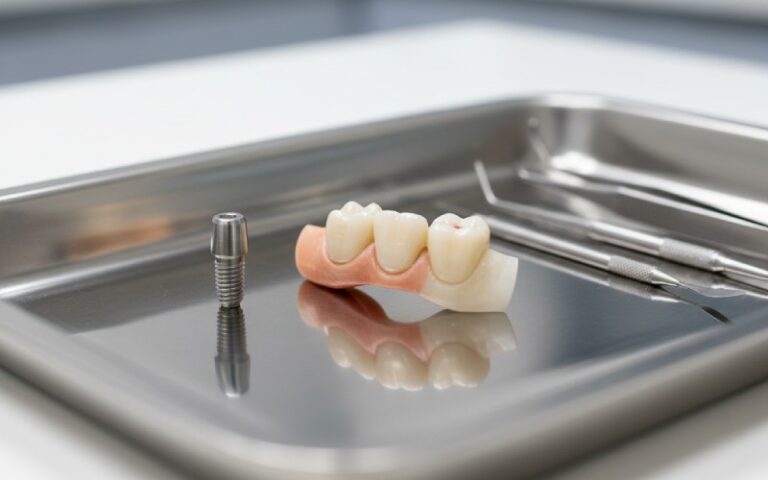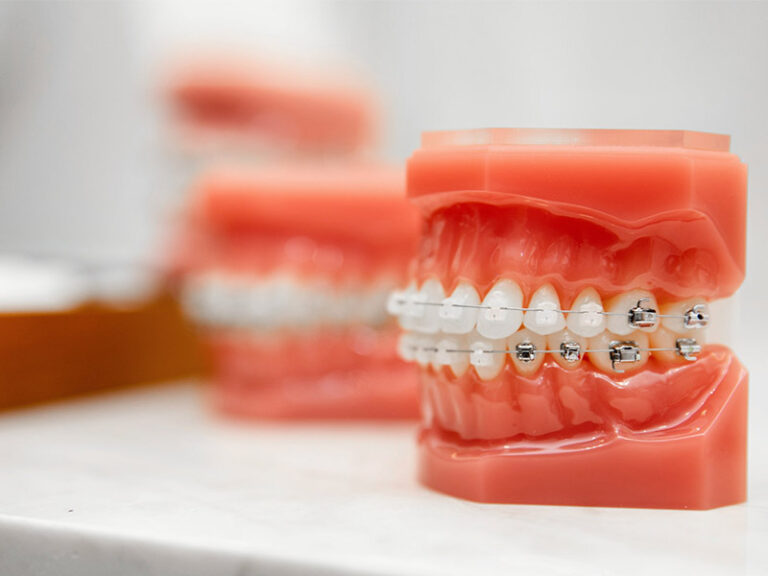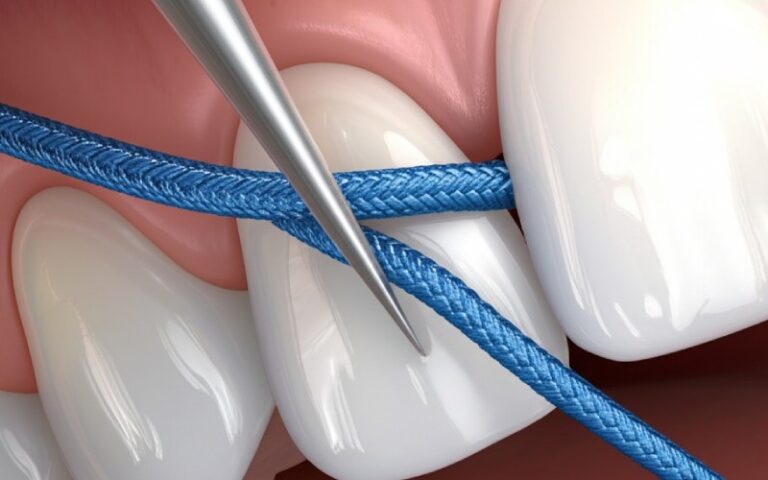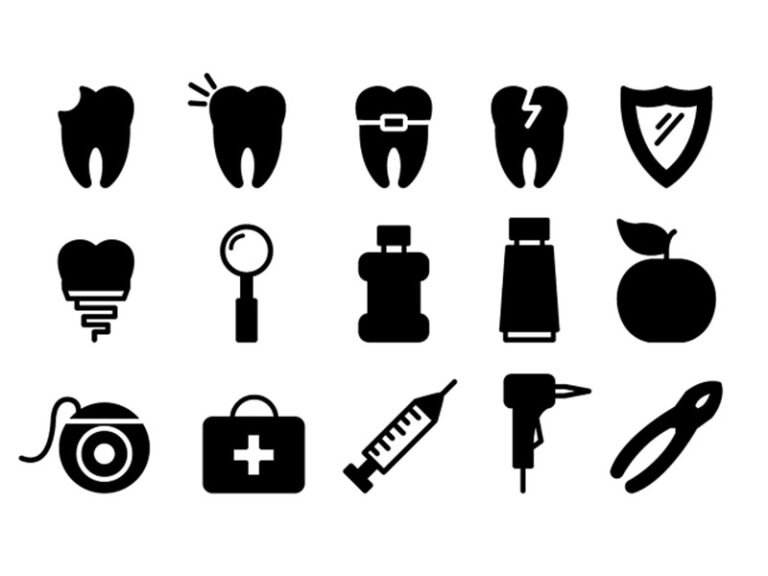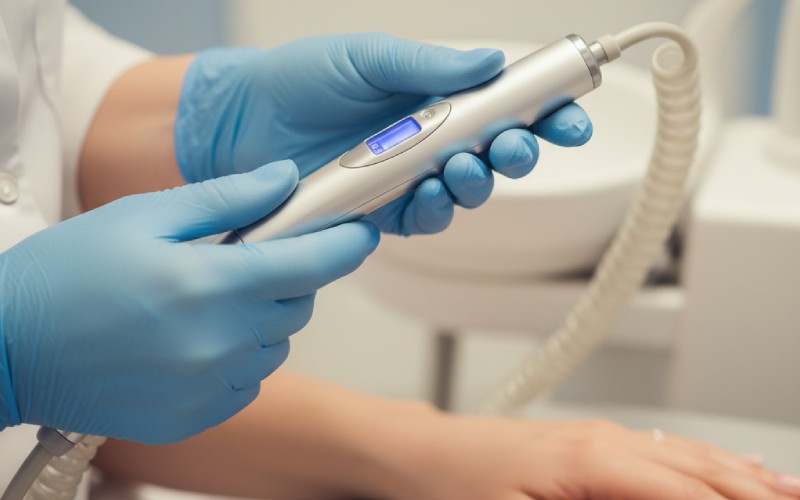
How do dentists numb your mouth?
How Do Dentists Numb Your Mouth?
Feeling nervous about dental numbing is common. The good news: dentists use safe, proven methods to keep you comfortable. They choose the right technique for your body, your procedure, and your preferences. Below, you’ll learn how numbing works, how long it lasts, and how dentists make it easier.
Numbing isn’t just one thing. It can be a gel, a shot, a calming gas, a pill, or (rarely) a full anesthesia in a hospital setting. Most of the time, you’ll be numb only in the area that needs care. You stay awake. You feel pressure, but no sharp pain.
Dentists also focus on comfort. They use tiny needles, slow injection speed, gentle techniques, and sometimes computer-controlled devices to reduce the sting. Your feedback matters, too. If you say you still feel something, they can adjust on the spot.
- You can always ask what numbing you’ll get and why.
- If you’ve had trouble getting numb before, tell your dentist early.
- Bring a list of medications and allergies.
Table of Contents
How Numbing Actually Works (The Simple Science)
Local anesthetics block pain signals before they reach your brain. They slip into nerve cells and temporarily “turn off” tiny channels that let pain messages pass. Once those channels are blocked, the nerve can’t fire. You don’t feel sharp pain.
Some numbing solutions include a small amount of epinephrine. That tightens blood vessels in the area. It helps the numbness last longer and reduces bleeding. Not everyone needs epinephrine, and your dentist will tailor this to you.
Your body naturally clears the medicine over time. When it wears off, the nerves wake up. Sensation returns gradually.
- Numbing blocks pain, but you may still feel pressure or vibration.
- The sting you feel at first is usually the acidic pH of the solution.
- Buffering or warming the anesthetic can reduce that sting.
How Dentists Decide What You Need
Dentists match the method to the procedure and your health. A small filling is different from a deep cleaning or a wisdom tooth removal. Your medical history matters, too.
They consider your pain tolerance, anxiety level, prior numbing experiences, and any conditions that could change the plan (like heart issues, pregnancy, or allergies). They also think about the anatomy of your teeth and jaw. Some areas need a different approach to reach the nerve.
- Short, shallow treatments usually use a simple local injection.
- Lower molars often need a nerve block, not just a surface injection.
- Anxiety may be helped with nitrous oxide or oral sedation.
What Is Local Anesthesia?
Local anesthesia is the everyday numbing you likely know. It keeps you awake and aware. It numbs just the area being treated. This is the backbone of dental comfort.
Dentists may start with a topical gel to numb the surface. Then, they give a small injection to block the nerve. There are two main styles: infiltration (near the tooth) and nerve block (near where the nerve enters the jaw). The lower jaw often needs a block; the upper jaw often responds well to infiltration.
Many dentists use extra comfort steps. They apply topical gel, stretch the tissue, inject slowly, and pause as they go. Some use computer-controlled delivery systems (like “The Wand”) to control pressure and speed, which can make it feel gentler.
- Common local anesthetics include lidocaine, articaine, mepivacaine, and bupivacaine.
- Epinephrine is sometimes added to prolong numbness and reduce bleeding.
- Your dentist tests the area before starting, often with a gentle cold or a tap.
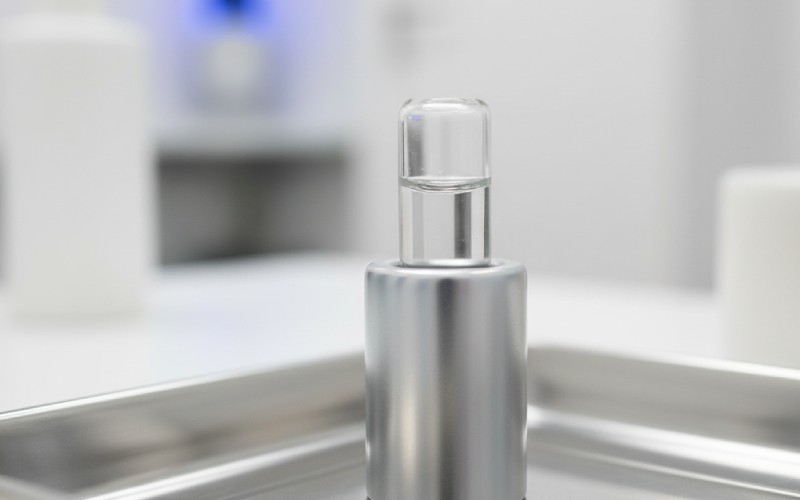
Local Anesthetic Options at a Glance
| Anesthetic (typical) | With Epinephrine? | Onset (approx.) | Duration of Soft Tissue Numbness | Often Used For | Notable Features |
|---|---|---|---|---|---|
| Lidocaine 2% | Yes/No | 2–5 minutes | 2–4 hours | Most fillings, cleanings | Classic choice, reliable |
| Articaine 4% | Yes | 1–3 minutes | 2–4 hours | Upper jaw, tough infiltrations | Diffuses well through bone |
| Mepivacaine 3% | No | 2–5 minutes | 1–2 hours | Short procedures, epinephrine-sensitive patients | Good when avoiding epinephrine |
| Bupivacaine 0.5% | Yes | 5–10 minutes | 4–8+ hours | Long surgeries, post-op pain control | Very long-lasting |
| Topical (benzocaine, lidocaine gels) | No | 30–60 seconds | 5–10 minutes | Pre-injection comfort | Numbs surface only |
- Onset and duration vary by person and site.
- Longer numbness can help after surgery but may not be needed for quick visits.
- Ask if a shorter-acting option fits your plan.
What Is General Anesthesia?
General anesthesia makes you fully asleep. You don’t feel, remember, or move. This is rare in everyday dentistry. It’s used for complex oral surgeries, special needs patients, or when local and sedation aren’t enough.
If you need general anesthesia, it’s done with an anesthesiologist and full monitoring. You’ll have pre-op screening, fasting rules, and a recovery plan. Safety is the priority.
- Most dental care does not require general anesthesia.
- It may be considered for extensive jaw surgery or multiple procedures at once.
- Insurance coverage and setting (hospital or surgical center) vary.
What Is Conscious Sedation?
Conscious sedation helps you relax while you stay responsive. You breathe on your own. You can answer simple questions. It pairs with local anesthesia, so you still get numb where needed.
There are different levels. Your dentist will choose based on your anxiety, health, and the procedure. Nitrous oxide (“laughing gas”) is common. It works fast and wears off quickly. Oral sedatives are another option. IV sedation is deeper and more closely monitored.
- Nitrous oxide: calm, quick on and off, you can often drive afterward.
- Oral sedation: a pill, stronger than nitrous, plan a ride home.
- IV sedation: deeper, great for longer procedures, you’ll need an escort.
How Long Does the Numbness Last?
It depends. The drug, the dose, the site, and your body all play a role. Most dental numbness lasts a couple of hours. Surgery numbness can last longer, especially with bupivacaine.
Epinephrine extends the duration. Nerve blocks in the lower jaw often last longer than simple upper tooth infiltrations. Kids and smaller adults may wear off faster.
There’s also a reversal option called phentolamine (OraVerse). It can speed the return of feeling, especially in lips and cheeks. Ask if it’s available and right for you.
- Typical range is 1–4 hours for soft tissues.
- Cheeks and lips often stay numb longer than teeth.
- Avoid hot drinks and chewing until feeling returns.

Extra Ways Dentists Reduce Injection Discomfort
Comfort isn’t just about the drug. Technique matters. Your dentist can make numbing much easier with small changes.
They may apply a strong topical gel first. They can warm or buffer the anesthetic to lower the sting. Slow delivery helps. Distraction, vibration, or a painless pre-injection can also help your brain tune out the poke.
- Topical gel for the surface
- Tiny needles, gentle tissue stretch
- Slow injection and pauses
- Warmed or buffered anesthetic
- Vibration or computer-controlled delivery
- Calm breathing and steady communication
Safety, Side Effects, and Rare Issues
Local anesthesia is very safe. Mild side effects can happen. You might feel a racing heart for a minute if epinephrine enters a vessel. That feeling usually passes quickly. Some people feel shaky from stress alone. Tell your dentist how you feel. They can adjust.
Allergic reactions to modern local anesthetics are rare. Most “reactions” are actually sensitivity to preservatives or to epinephrine. True allergy needs careful evaluation.
Rarely, a nerve can be irritated. This can cause longer tingling (paresthesia). It usually improves over weeks to months. Methemoglobinemia is a very rare blood reaction linked to high doses of certain anesthetics (like prilocaine) or topical benzocaine. Your dentist screens for risks.
- Common: injection tenderness, mild swelling, short-lived palpitations
- Less common: bruising, temporary bite injuries while numb
- Rare: prolonged tingling, methemoglobinemia, infection at site
Medicines, Conditions, and When to Tell Your Dentist
Certain health factors change the plan. Your dentist weighs benefits and risks. Some examples:
If you have heart rhythm issues, severe anxiety, uncontrolled thyroid disease, or take certain antidepressants, epinephrine may be reduced or avoided. If you’re pregnant, lidocaine without epinephrine is often preferred for simple care. If you have a history of trouble getting numb, different drugs or techniques can help.
- Bring all medication names and doses.
- Mention MAO inhibitors or tricyclic antidepressants.
- Avoid cocaine before dental visits; it interacts dangerously with epinephrine.
- Tell your dentist if you have G6PD deficiency or a history of methemoglobinemia.
- Report past anesthesia problems or family anesthesia issues.
People Who Sometimes Need “A Little More”
Not everyone responds the same. Your anatomy, genetics, and prior experiences matter. Some folks need a higher dose or a different placement.
Redheads may need more local anesthetic due to MC1R gene differences. People with Ehlers-Danlos syndrome sometimes report reduced efficacy. Inflamed teeth can be harder to numb because the tissue is acidic. Dentists have workarounds for all of these.
- Infected or “hot” teeth may need a nerve block plus supplemental injections.
- Articaine can help with tough upper molars.
- Ultrasound-guided blocks or intraosseous injections are options in stubborn cases.
How Dentists Check That You’re Truly Numb
Dentists test before they start. They may touch the area, use a cold spray, or gently probe. If you feel sharp pain, they pause and add more numbing. Communication is key. Say “I feel that” or “just pressure.” Your dentist listens and adjusts.
You might still feel pressure, vibration, or sounds. That’s normal. Sharp pain isn’t. If it shows up, they stop and fix it.
- Speak up early if sensation returns during treatment.
- Expect pressure, but not sharpness.
- Tests happen again if the procedure goes deeper than planned.
Aftercare While You’re Numb
Numb lips, cheeks, and tongue increase the risk of accidental bites. Protect yourself. Be mindful until feeling returns. Some drooling can happen. That’s okay and temporary.
Skip hot soup or coffee. You can burn yourself and not realize it. Choose soft, cool foods. Avoid chewing on the numb side. Keep an eye on kids, who may chew on numb lips without noticing.
- Avoid hot drinks and chewy foods
- Use the other side of your mouth for light snacks
- Wait to brush aggressively until sensation returns
- Call your dentist if numbness lasts unusually long or feels different than expected
Myths, FAQs, and Good-to-Know Tips
Many myths float around dental numbing. Here’s what helps.
Numbing doesn’t work the same for everyone, and that’s okay. Dentists have multiple tools to get you comfortable. Epinephrine doesn’t “poison” you. It’s a small dose and often helpful. Nitrous oxide isn’t just for kids. It’s useful for many adults, too.
You can ask for a plan that fits your needs. Want shorter numbness? Ask for a shorter-acting anesthetic. Worried about a racing heart? Ask about epinephrine-free options. Need to drive after? Nitrous might be a good fit.
- Tell your dentist your biggest worry. They’ll adapt.
- Ask about reversal (OraVerse) if long-lasting numbness bothers you.
- If you’ve fainted during injections before, mention it and lie back during numbing.
Quick Guide to Sedation Types
Sedation pairs with local anesthesia for comfort. You stay safe and supported. Here’s a simple overview.
| Sedation Type | You’re Awake? | Onset/Offset | Escort Needed? | Good For | Notes |
|---|---|---|---|---|---|
| Nitrous Oxide | Yes | Minutes on/off | Usually no | Mild anxiety, short visits | You can often drive yourself |
| Oral Sedation (pill) | Yes, drowsy | 30–60 min on, hours off | Yes | Moderate anxiety | Timing and dose matter; follow instructions |
| IV Sedation | Lightly asleep | Minutes on/off | Yes | Longer, complex procedures | Monitored closely; very effective |
| General Anesthesia | No | OR setting | Yes | Major surgery | Full sleep, anesthesiologist present |
- Sedation doesn’t replace local anesthesia. It complements it.
- You’ll get safety monitoring for all deeper levels.
The Bottom Line
Dentists numb your mouth in targeted, safe ways so you don’t feel sharp pain. Most care uses local anesthesia, sometimes with a little sedation for calm. The numbness typically lasts a few hours. Comfort techniques make it easier than you might expect.
You have options. Ask questions. Share your health history. Speak up if you feel anything. A good plan makes your visit smooth, calm, and pain-free.

